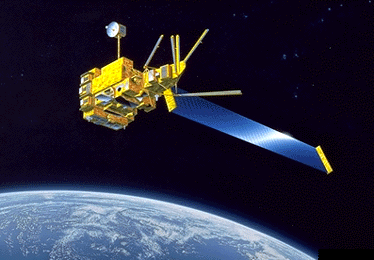 |
 |
 ADEOS - OCTS
ADEOS - OCTS
OCTS - Ocean Color Temperature Sensor (on ADEOS Satellite, Japan)
OCTS is an optical imaging radiometer on board the ADEOS satellite. It mainly serves as an observation sensor of the ocean conditions, including chlorophyll and dissolved substances in the water, temperature profile and cloud formation processes. The ocean has great effects on our lives as well as the natural environment. Ocean surface temperature substantially interrelates with the global temperature changes since approximately 70% of the earth is coverd with the oceans. It is also important to get information on ocean primary production. OCTS has 12 bands covering visible and thermal infrared region. In the visible and near-infrared bands, the ocean conditions are observed by taking advantage of spectral reflectance of the dissolved substances in the water and phytoplankton. On the other hand, the sea surface temperature is accurately measured in 4 thermal infrared bands. As the swath width of OCTS is about 1,400km with scanning mirror (west-east) and OCTS also scans south and north, it can observe the entire earth surface for 3 days. The spatial resolution is about 700m.
OCTS Instrument Characteristics
Ocean Color Bands of OCTS
Link to: OCTS Web Page (http://www.eorc.nasda.go.jp/ADEOS/Project/Octs.html) of the Earth Observation Research Center (EORC), NASDA, Japan.  Back to Main Index Back to Main Index
|